Viking 1: The Historic First Mars Landing in Pictures
Making History

For over 50 years, NASA and other space agencies have been sending spacecraft to Mars. Today, a human mission to the Red Planet grows near. The foundational mission for expeditions to the Martian surface took place 40 years ago this week.
Putting the Pieces Together
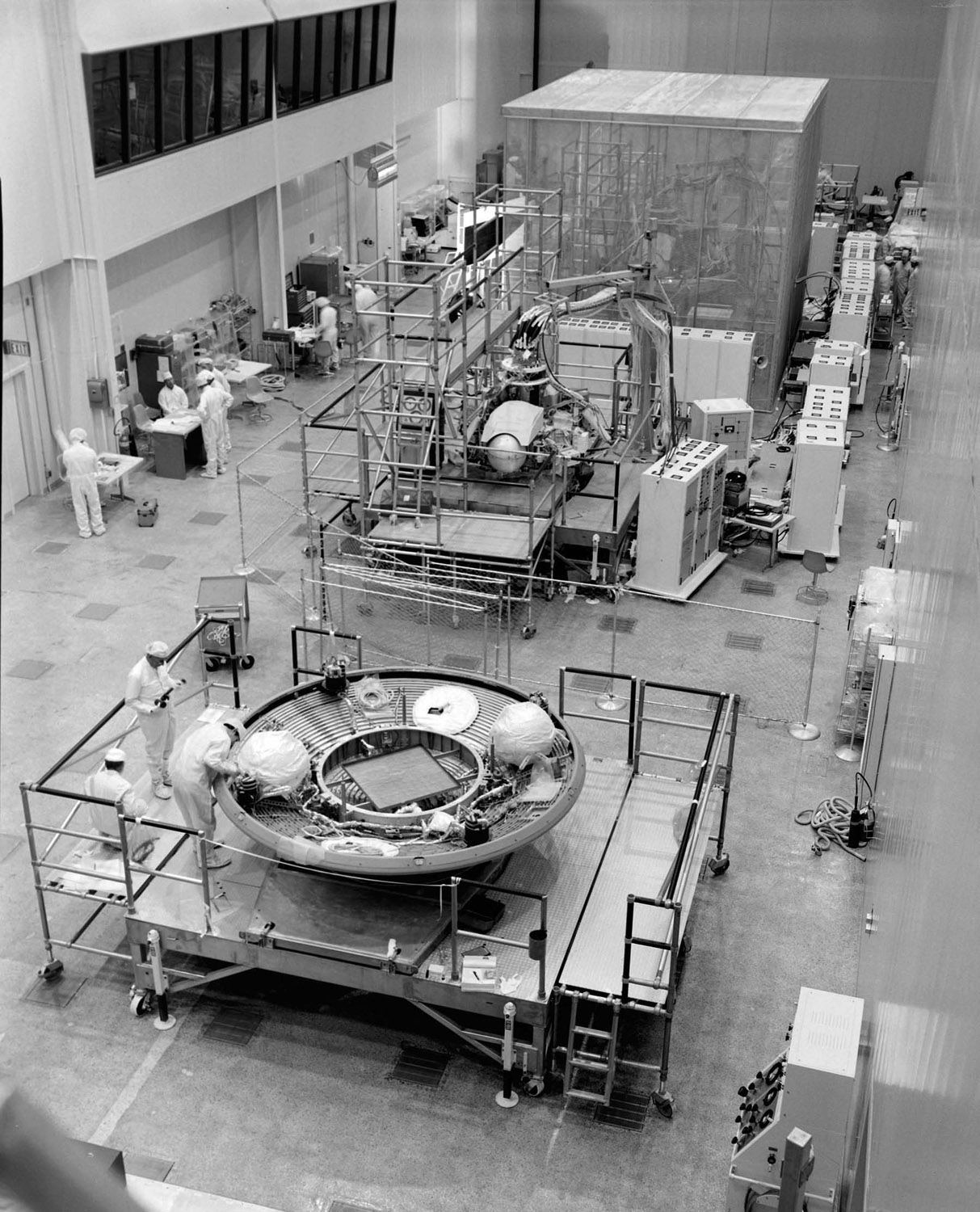
Construction of the Viking spacecraft was done primarily by the private company Martin Marietta (now Lockheed Martin). The team worked for six years to build the ground-breaking spacecraft.
Testing, Testing

The Martin Marietta team developed fantastic new technologies just for the Viking mission, including innovative flight software and an X-ray fluorescence spectrometer instrument to test chemical compounds in the soil.
Packed and Ready
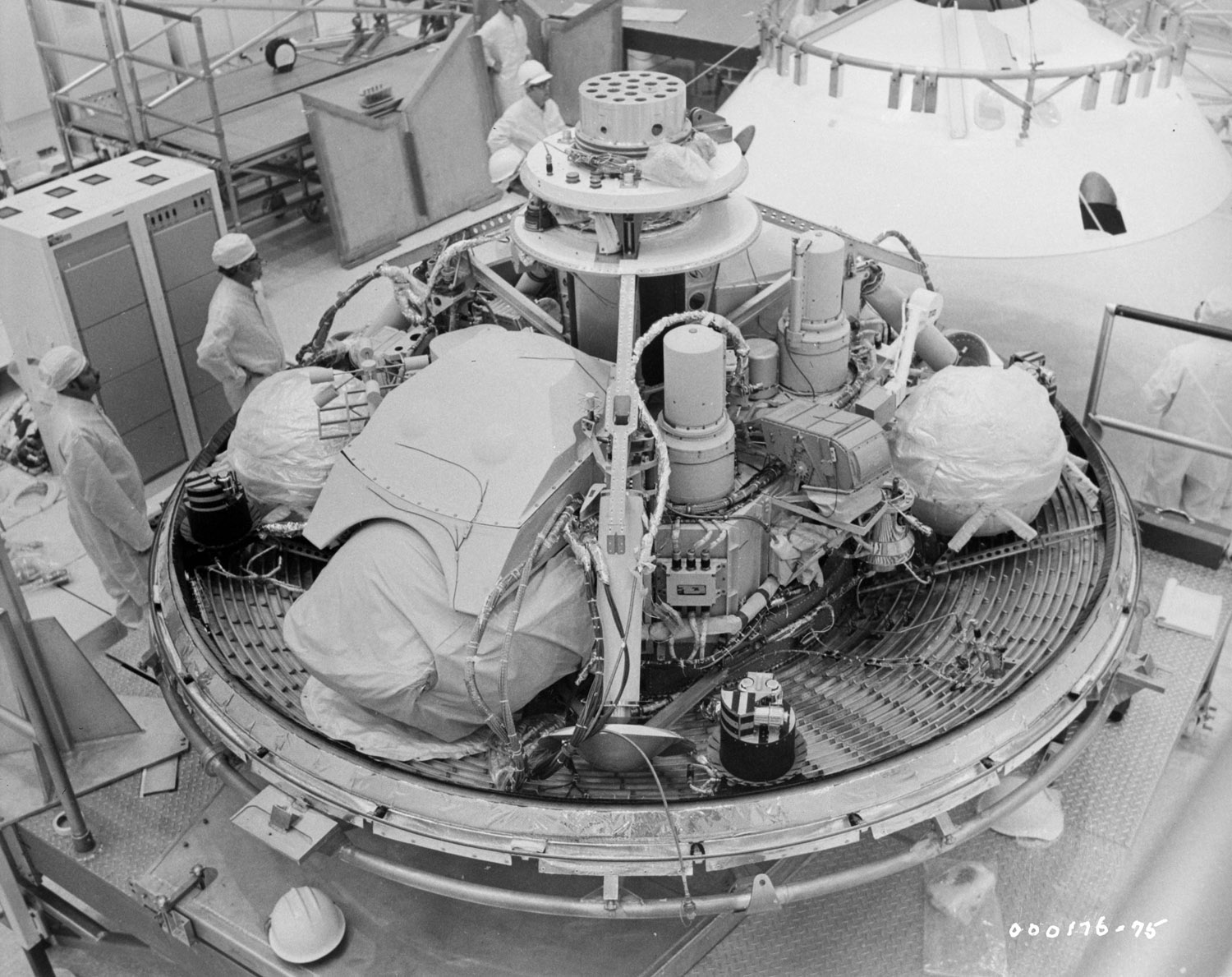
The Viking 1 Lander in the Denver clean room, packed snuggly inside its protective case, waiting for its aeroshell to be placed and its encapsulation completed prior to its 1975 launch.
Preparatory Steps

Inside the Kennedy's Spacecraft Assembly and Encapsulation Facility-2 on Jan. 7, 1975, technicians ready the Viking Lander 1's aeroshell cover. This shell covered the lander during its 440,000,000-mile odyssey to Mars.
Inspecting the Protection
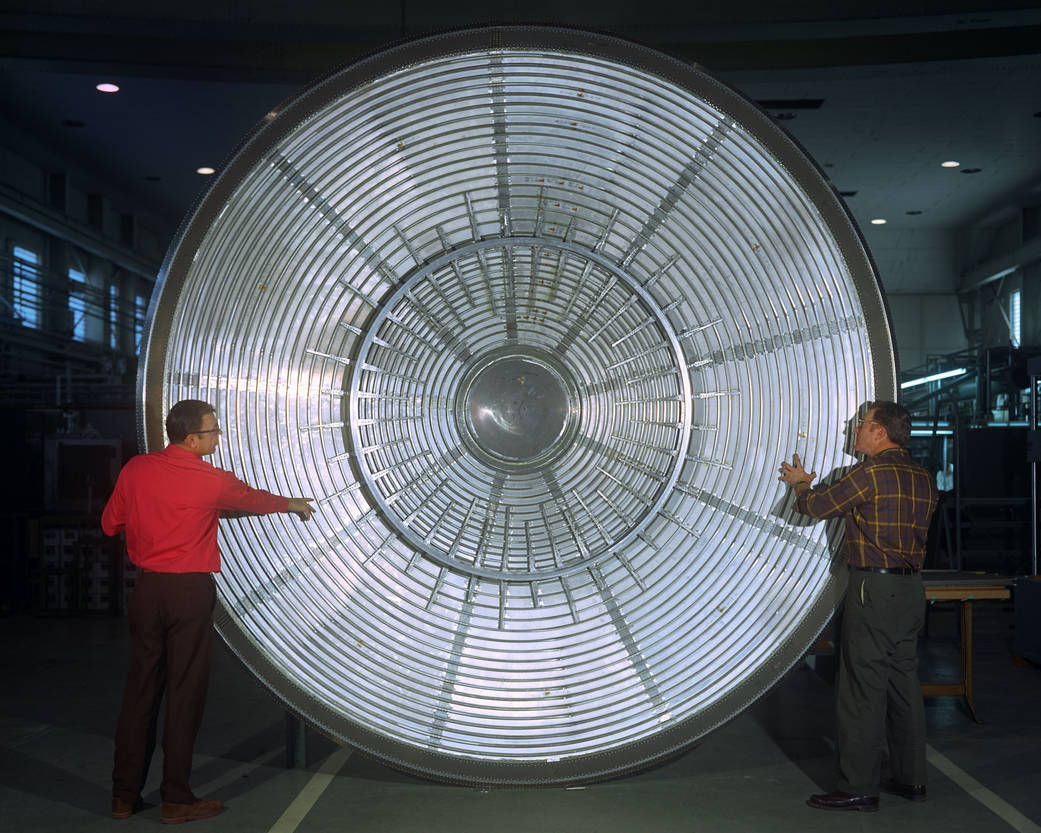
The aeroshell — made of a heat shield and containing parachutes and other entry components inside the "backshell" — protected the Viking Lander 1 during entry into the Martian atmosphere in July 1976.
Scrutinizing Connections
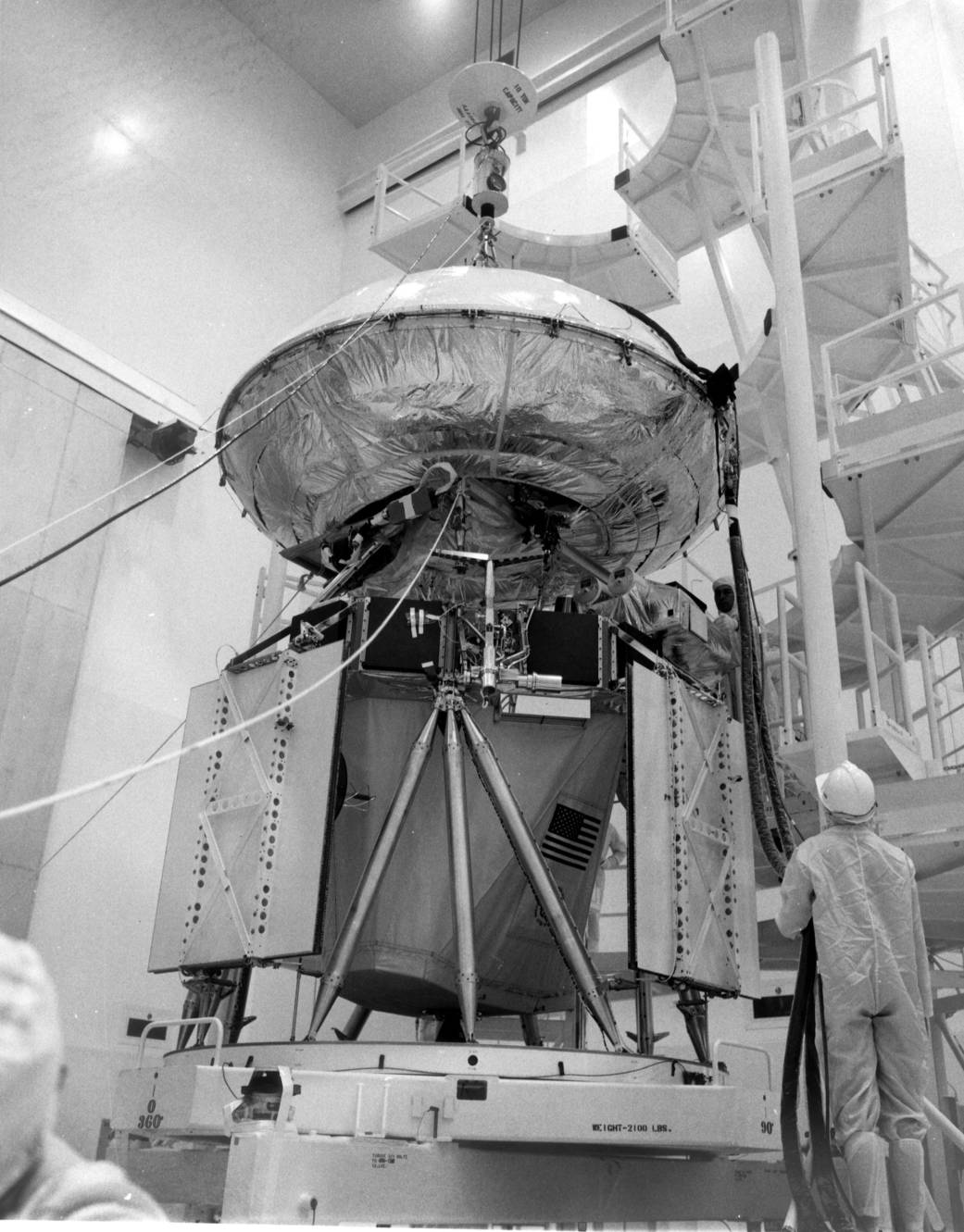
Team members mate the Viking 1 Lander (top) and orbiter in Kennedy Space Center's Spacecraft Assembly and Encapsulation Facility on Dec. 11, 1974.
Breaking space news, the latest updates on rocket launches, skywatching events and more!
Awaiting the Mission
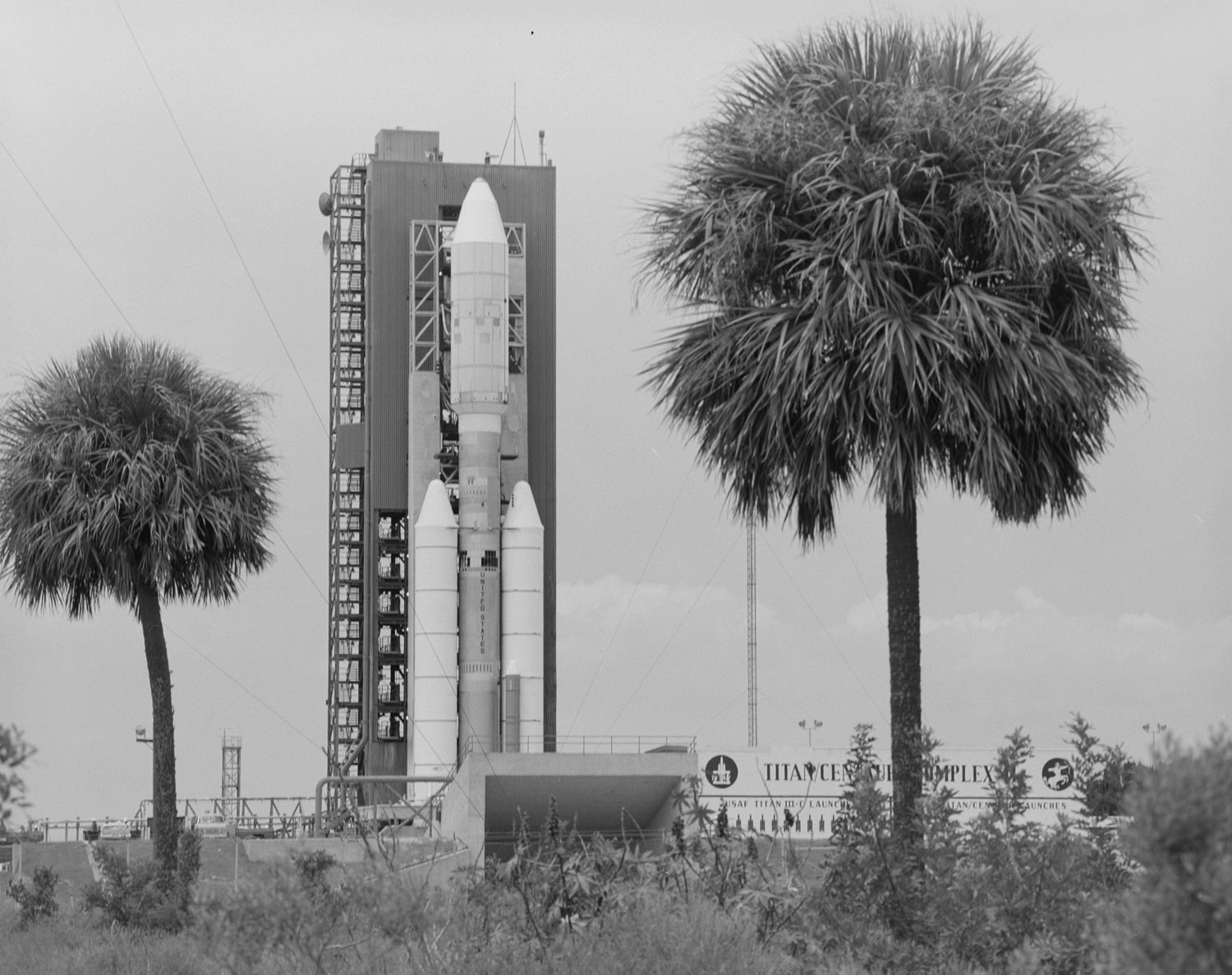
The Viking 1 spacecraft atop a Titan/Centaur rocket, ready for blast off.
Beginning the Long Journey
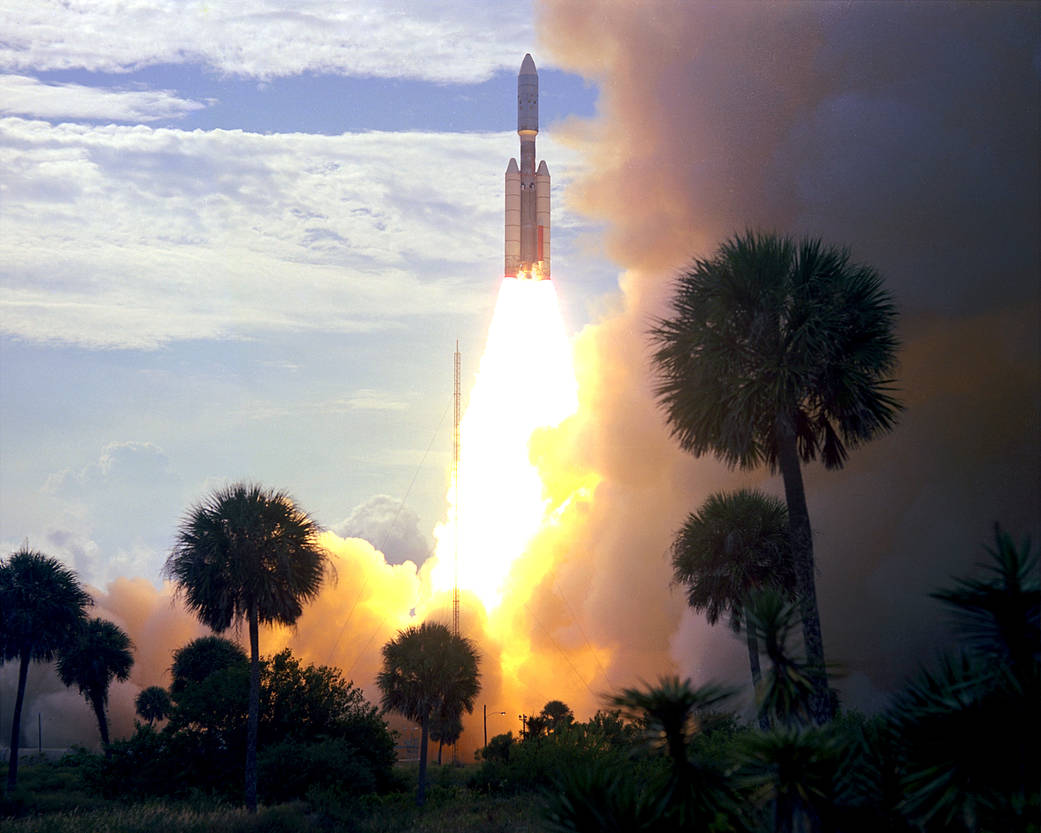
Viking 1, atop a Titan/Centaur rocket, launched from Complex 41 at Cape Canaveral Air Force Station on August 20, 1975. The half-billion mile journey took 11 months. The spacecraft came into orbit around Mars in mid-1976.
Strange First Impressions
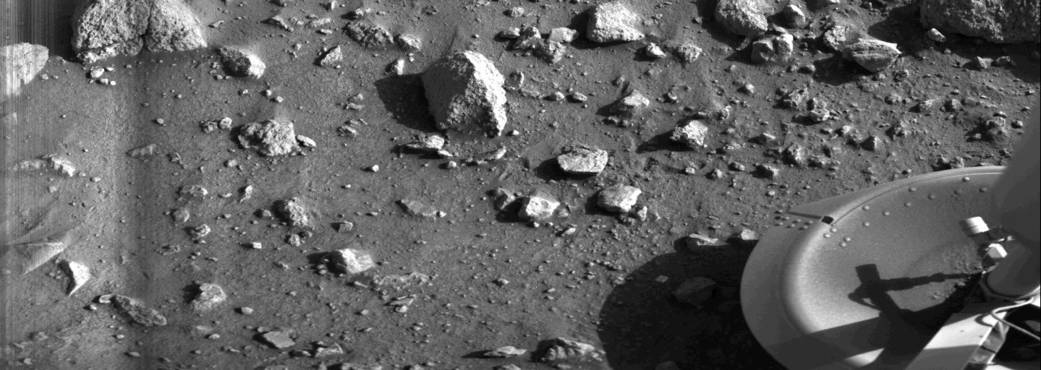
The Viking 1 Lander's first image of the Red Planet showed a few feet of Martian surface and the lander's own footpad. According to the team who oversaw the Viking program, this was intentional — in order to learn about the surface of Mars, the team wanted to see how the footpad would affect the soil.
Panorama of the Red Planet

Shortly after landing on Mars, on July 20, 1976, the Viking 1 Lander returned the first panoramic view of the Martian surface. The lander used the Scanning Camera 2 for a 300 degree image of Chryse Planitia, while the Sun shined in the west.
Join our Space Forums to keep talking space on the latest missions, night sky and more! And if you have a news tip, correction or comment, let us know at: community@space.com.

Christine Lunsford joined the Space.com team in 2010 as a freelance producer and later became a contributing writer, covering astrophotography images, astronomy photos and amazing space galleries and more. During her more than 10 years with Space.com, oversaw the site's monthly skywatching updates and produced overnight features and stories on the latest space discoveries. She enjoys learning about subjects of all kinds.
